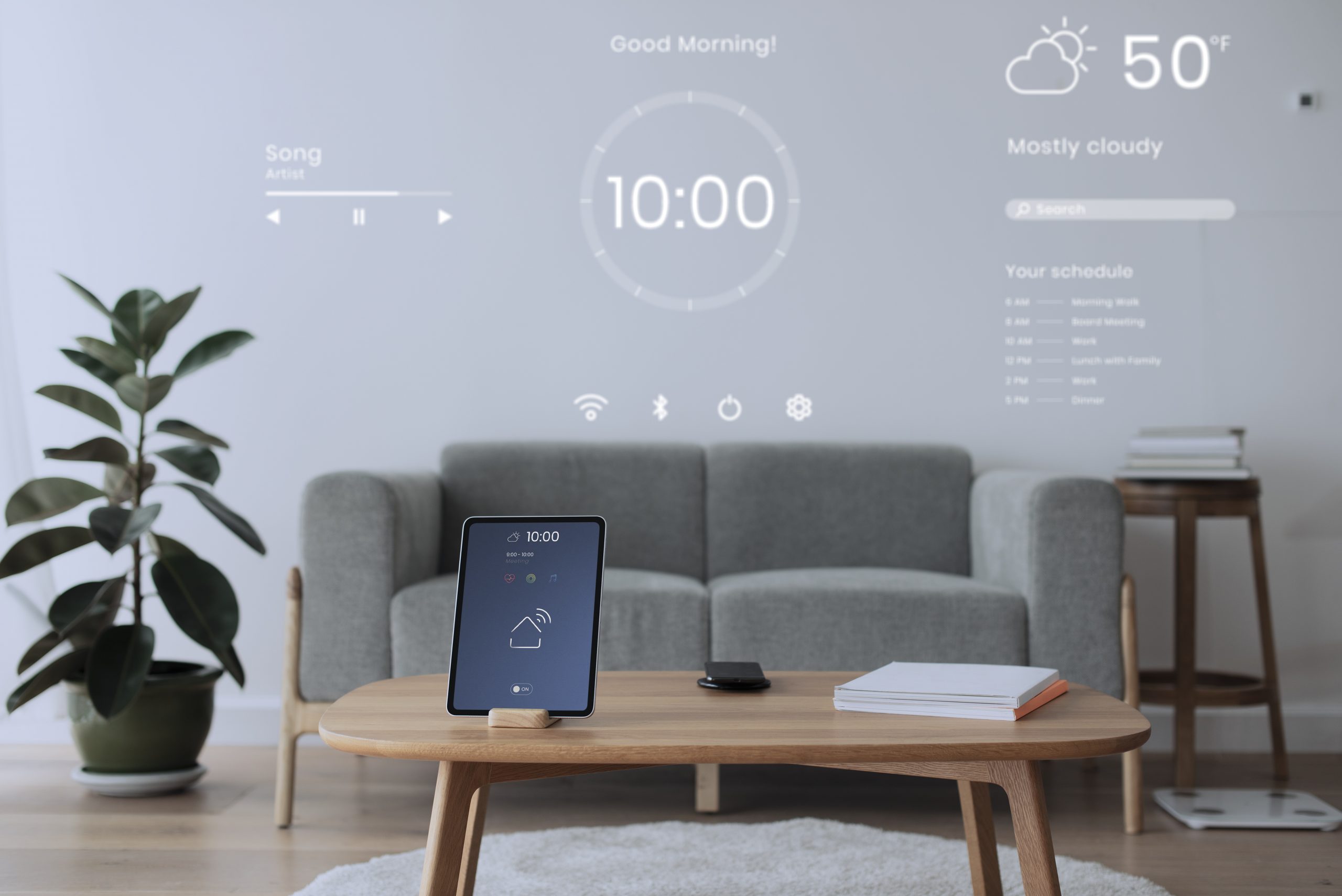Internet of Things (IoT)
Internet of Things (IoT): Navigating challenges and solutions for a safer future
The Internet of Things (IoT) has seamlessly integrated into our daily lives, providing convenience, efficiency, and innovation. From smart thermostats to industrial sensors and autonomous vehicles, IoT devices have transformed how we live and work. But this technological revolution also has a dark side, where cybersecurity challenges loom. Let’s explore the intricacies of IoT security through real-world examples, going beyond the typical clichés.
Mirai Botnet attack
One of the most infamous examples of IoT security vulnerabilities was the Mirai botnet attack. In this attack, a malicious botnet compromised thousands of IoT devices, turning them into a powerful tool for launching Distributed Denial of Service (DDoS) attacks. The consequences were severe, both in terms of security and economic impact.
One notable instance was the Mirai DDoS attack against KrebsOnSecurity, a prominent cybersecurity blog. The attack was so massive that it cost device owners approximately $300,000 due to the sheer volume of traffic generated. This incident highlighted the urgent need for IoT security measures and the potential economic consequences of unsecured IoT devices.
A. Proliferation of devices:
The IoT landscape is poised to host over 30 billion connected devices by 2025, expanding our possibilities exponentially. However, with each new device comes the potential for security vulnerabilities. Managing this proliferation thoughtfully is paramount.
B. Diverse ecosystem:
The diverse nature of the IoT ecosystem is both a blessing and a challenge. Countless manufacturers and devices make it difficult to establish a unified security standard. Collaborative efforts and standardization are essential to bridge this fragmentation.
C. Inadequate authentication and authorization:
Inadequate authentication and authorization mechanisms represent a significant security concern. A concerning 98 percent of IoT devices lack encryption, potentially exposing sensitive information to eavesdroppers. Manufacturers must intensify their commitment to robust security, and users should advocate for more vital protection.
D. Firmware and software updates:
Software updates are crucial for IoT security, yet many devices remain vulnerable due to a lack of updates. Manufacturers need to take a proactive approach, and users should remain vigilant.
E. Physical and network vulnerabilities:
IoT devices are often deployed in challenging environments, making them physically vulnerable. Therefore, physical security measures are as vital as digital ones. At the same time, network attacks on IoT devices are rampant. Effectively detecting and mitigating such threats is a critical challenge.
F. Limited computational resources:
Many IoT devices have limited computational power, which hampers the implementation of robust security measures. Developing lightweight security protocols is imperative to navigate this constraint.
G. Lack of cybersecurity awareness:
A significant portion of IoT users and manufacturers need more basic cybersecurity awareness. In a survey of 7,000 people across Australia, Canada, France, Germany, the Netherlands, the UK, and the United States, NordPass found that only 33% of users changed the default passwords on their IoT devices. In contrast, others continued to use easily hackable built-in passwords like “admin” or “123456.” IoT security education is essential.
H. Supply chain security:
Consider the supply chain security of a medical IoT device. Ensuring the trustworthiness of the supply chain is critical because a compromised component could have life-threatening consequences. Stricter vetting of suppliers, rigorous audits, and standards are imperative.
I. Data privacy concerns:
IoT devices gather copious amounts of data, giving rise to concerns encompassing both cybersecurity and data privacy. Finding the delicate equilibrium between convenience and privacy is of paramount importance.
Actionable Steps:
- Implement robust device management systems to monitor and secure IoT devices.
- Establish industry-wide standards and frameworks for IoT security.
- Invest in robust authentication mechanisms and promote multi-factor authentication.
- Adopt clear and transparent data handling policies, ensuring user consent and compliance with data protection regulations.
- Provide regular firmware and software updates for IoT devices.
- Develop lightweight security protocols tailored to the constraints of IoT devices.
- Use tamper-resistant hardware and encryption to protect the physical integrity of IoT devices.
- Employ strong network security measures, including encryption, segmentation, and intrusion detection systems.
- Vet suppliers and manufacturers while establishing supply chain security standards.
- Raise awareness through education and training, focusing on cybersecurity best practices.
- Collaborate across industries and governments to develop international standards and regulations for IoT security.
- Invest in scalable security solutions and promote interoperability standards to create a cohesive security framework for IoT.
The Internet of Things presents many cybersecurity challenges. Still, with proactive measures and international cooperation, we can navigate this complex landscape and ensure a safer and more secure future for IoT. By addressing these challenges and implementing robust security measures, we can fully harness the potential of this transformative technology.
Contact Novas Arc:
If you are looking for expert guidance and solutions to address IoT security challenges or have specific inquiries related to IoT security, consider reaching out to Novas Arc. Our dedicated team of cybersecurity professionals is here to assist you in navigating the complex landscape of IoT security. Whether you’re an individual user, a business, or an organization, Novas Arc is committed to helping you achieve a higher level of security in your IoT endeavors.
Experience the Novas Arc difference today! Connect with us.
Author








